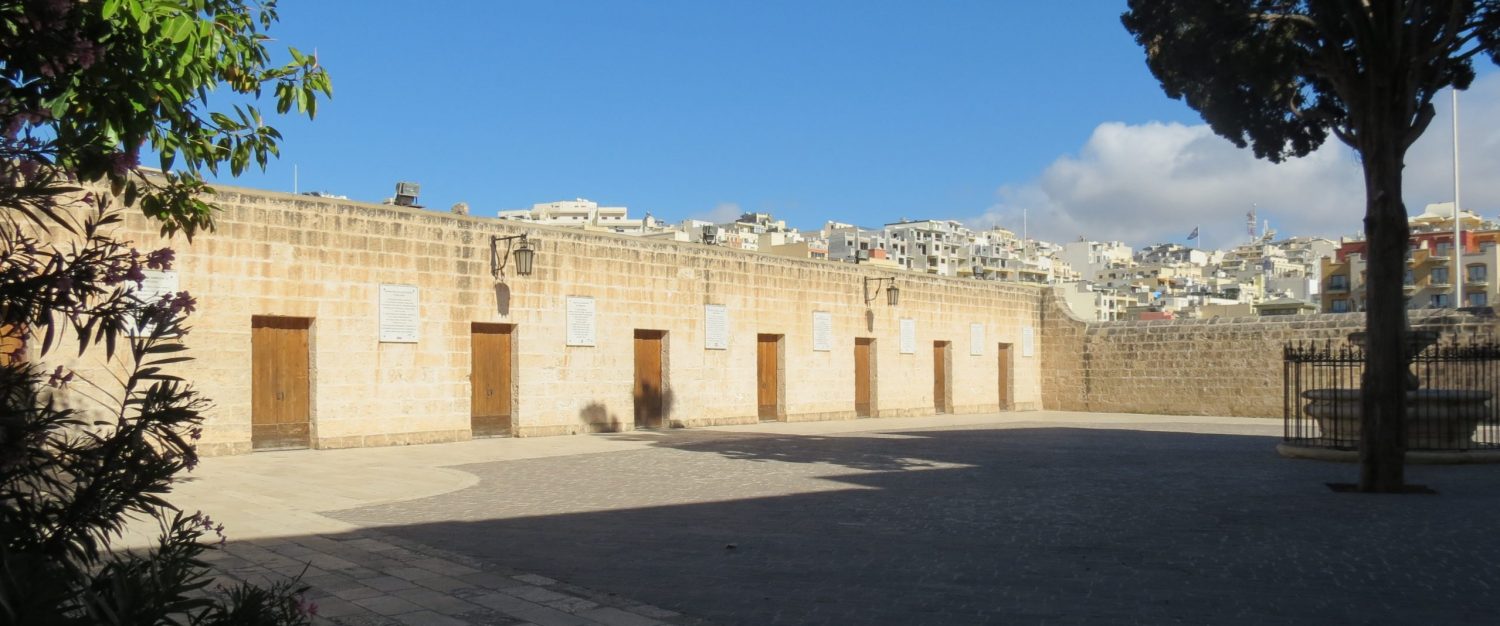Welcome to Pilgrims’ Lodge, National Sanctuary of Our Lady of Mellieħa.
Mellieħa parish lies to the North East of Malta and is one of the oldest parishes of the Maltese Islands. In fact, it was mentioned as one of the 10 existing parishes in a notorial rollo of the 1436. The area of the town of Mellieha is geographically the second largest in Malta and it has c. 12000 members most of whom are baptised Catholics. The parish is made up of the Parish Church, The Sanctuary of Our Lady of Mellieha, The Grotto of Our Lady, the chapel of Our Lady of the Ranson at Selmun and the chapel of The Immaculate Conception at Ahrax.
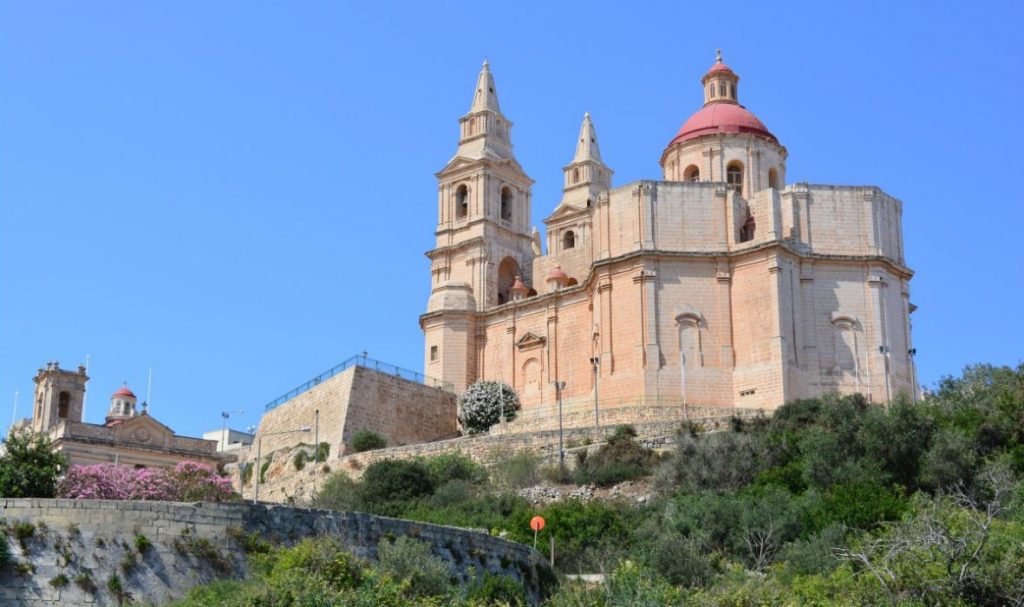
Mellieha Parish Church
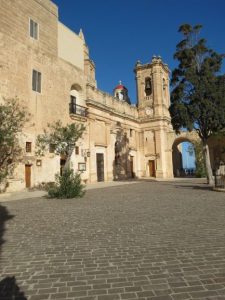
The Sanctuary of Our Lady of Mellieha 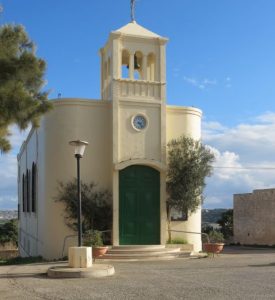
Chapel of Our Lady of the Ranson, Selmun 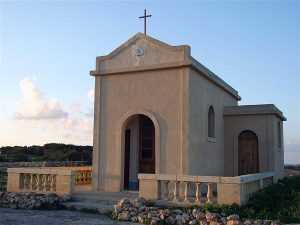
Chapel of The Immaculate Conception, Ahrax. 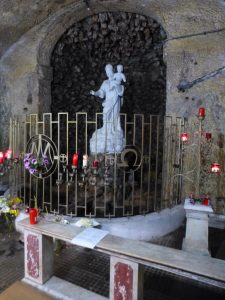
Grotto of Our Lady
The Sanctuary of Our Lady of Mellieha was the old parish church. It hosts a painting, on the rock face, of Our Lady, Mother of God, which goes back to the late 13th century. This icon enjoys a lot of devotion both locally and abroad. Many people come here to pray for the help of Our Lady in their needs. In fact, the sanctuary is not only the National Sanctuary for the Archdiocese of Malta but also forms part of two international Marian networks, The European Marian Network (made up of 21 National Marian shrines ) and The Maria Mutter Europas.
The Sanctuary itself is of major importance in the Catholic milieu of Malta. It is the oldest place of worship still in use in the diocese, housing the oldest painting on the rock – an icon of Our Lady, Mother of God, in the hodegetria style that depicts Our Lady pointing at her son, the Child Jesus, whom she is holding in her arms, and indicating him as The Way. This painting goes back to the late 13th century. The sanctuary originated as a complex of two natural caves which became one of the first 10 parishes already existing in Malta in 1436. This troglodytic church, a cave transformed into a church, was the parish church of the north of Malta extending in area almost up to Mosta. It retained its original nature up to the eighteenth century when one side of the cave was opened to allow the present church to be added to it so that it could better serve the spiritual needs of the increasing number of parishioners.

Ex-voto painting by Lazzaro Pisani 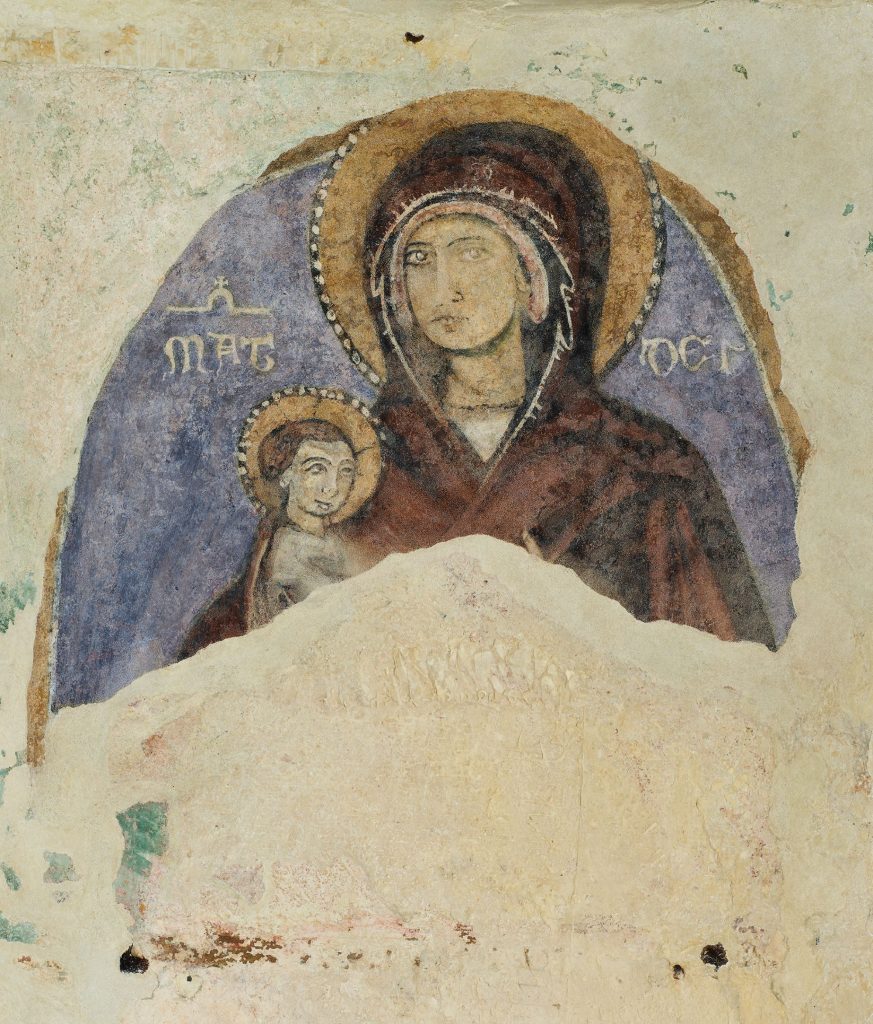
Rock face painting dating back to 13th century
A number of pious legends grew around the sanctuary, amongst them that it was St Luke the Evangelist who painted the icon of Our Lady when he was shipwrecked along this coast together with St Paul in the year 60 AD. In fact, many still refer to the painting as Our Lady of St Luke. We now know that this painting is of a later date but the cave complex was most probably in use as a place of worship even before the painting of Our Lady. In fact, recent restoration shows that behind this painting there is a hollow space which probably was a niche housing some earlier object of devotion.

